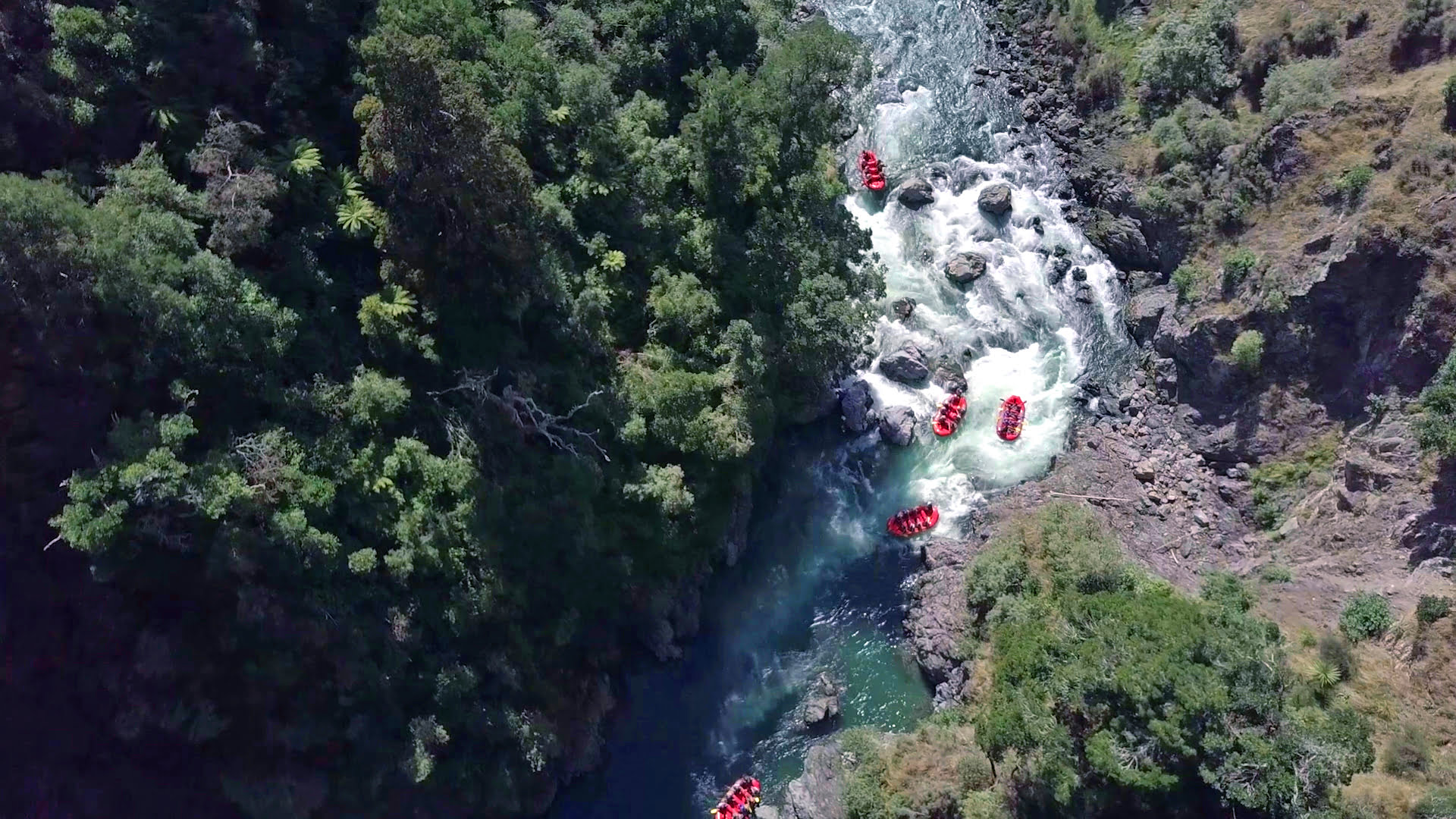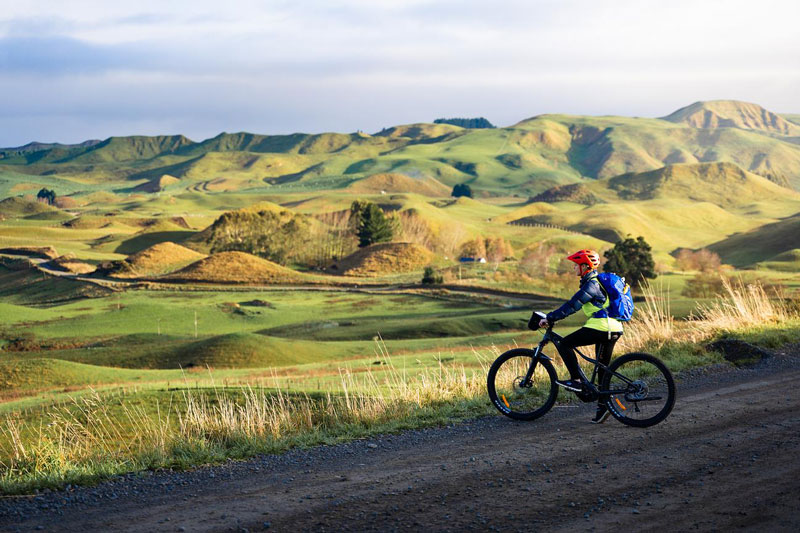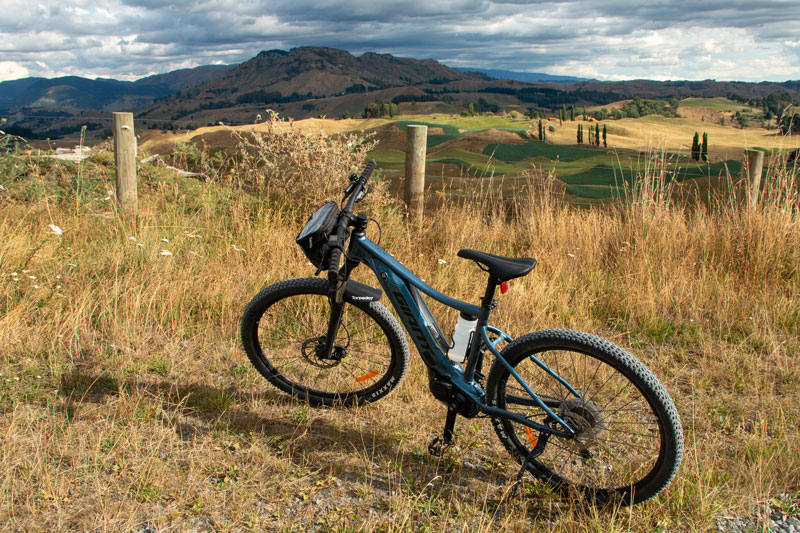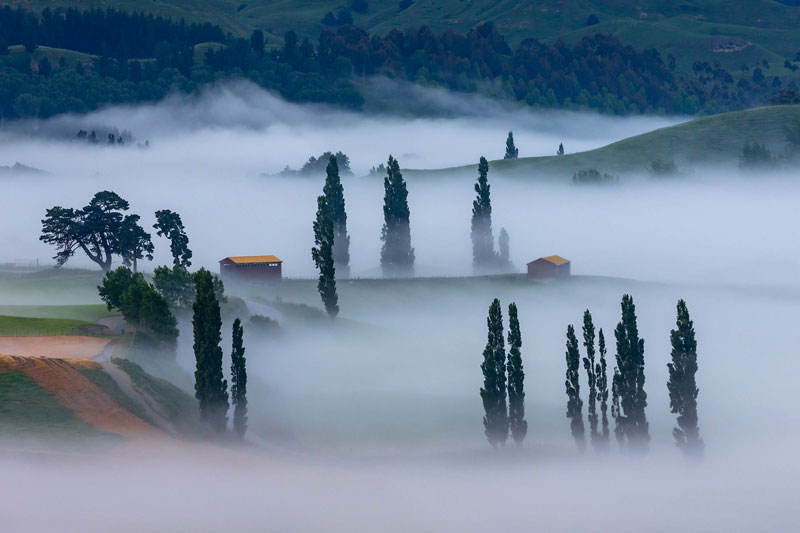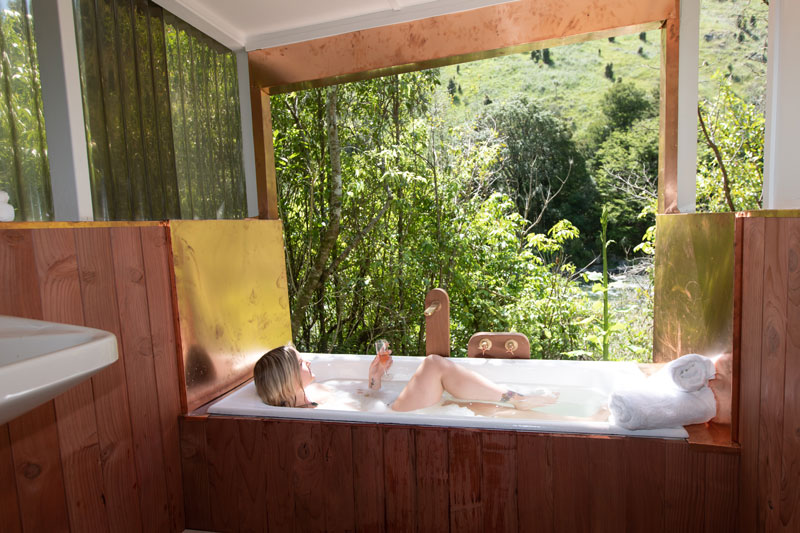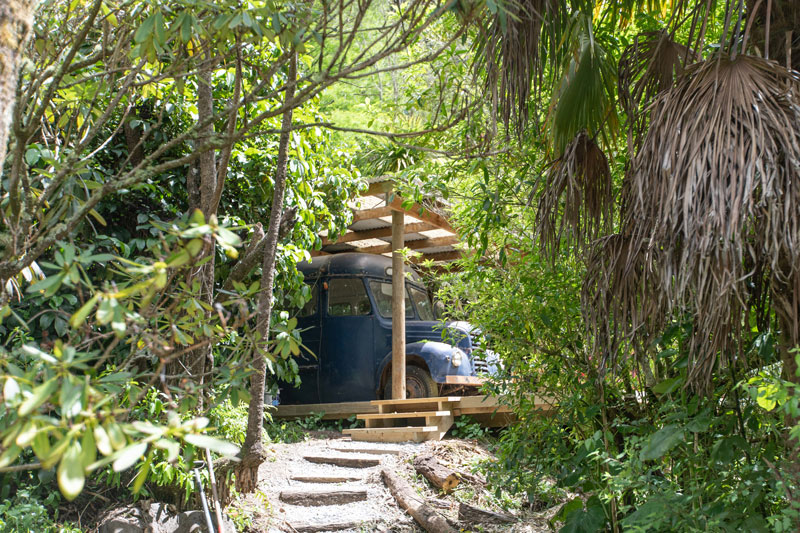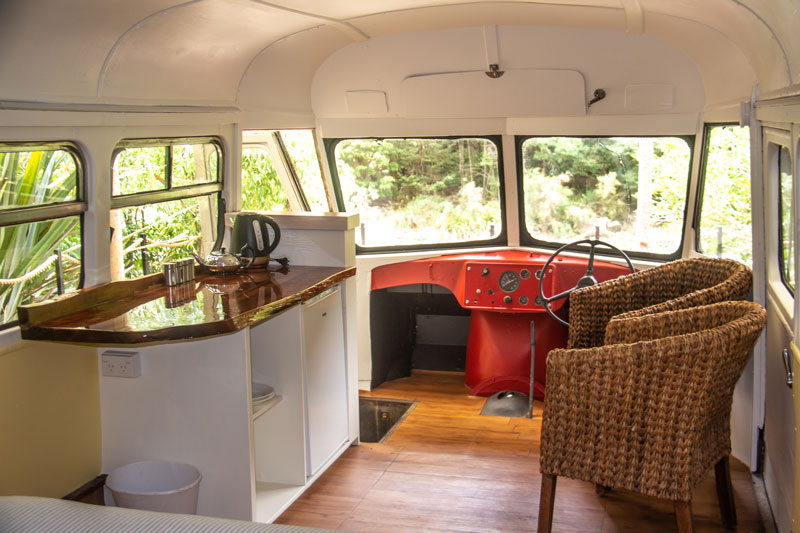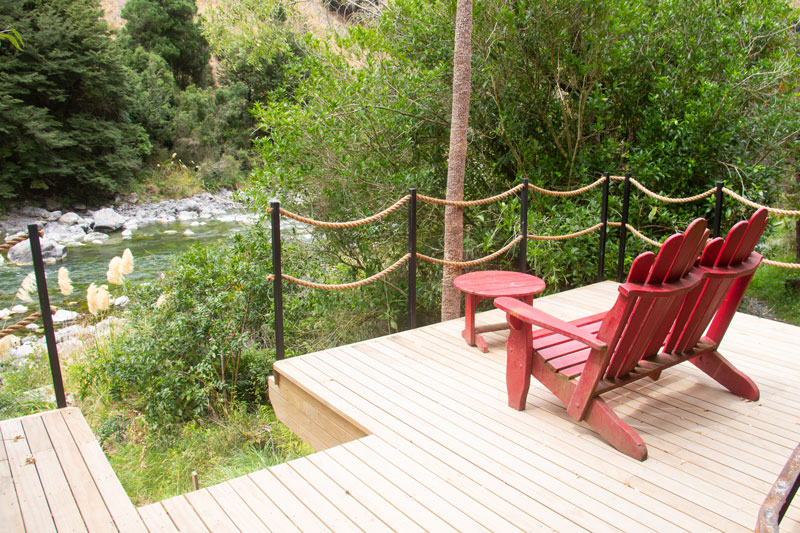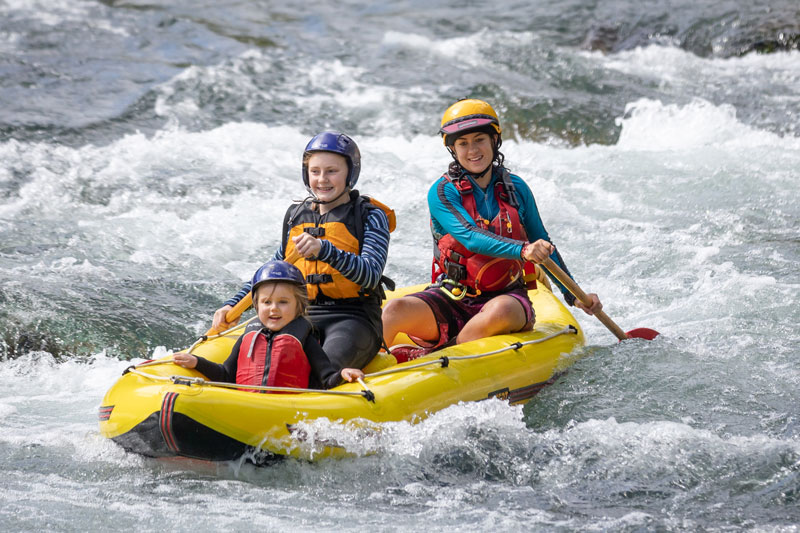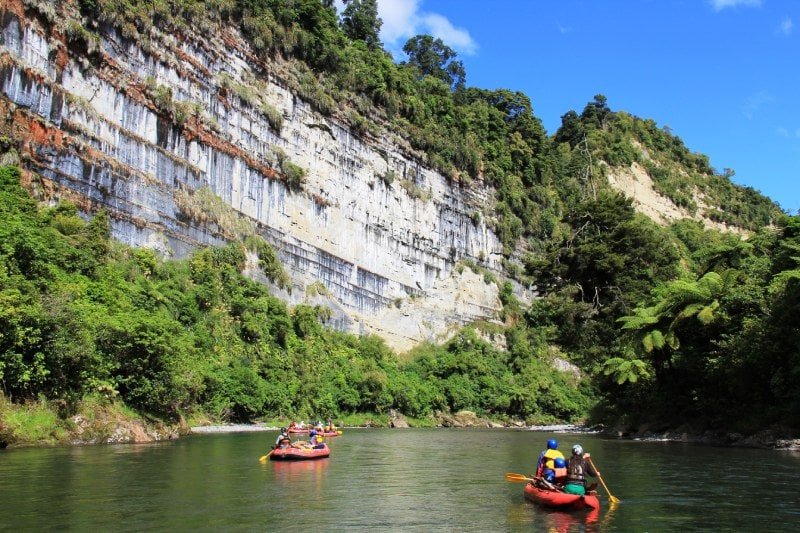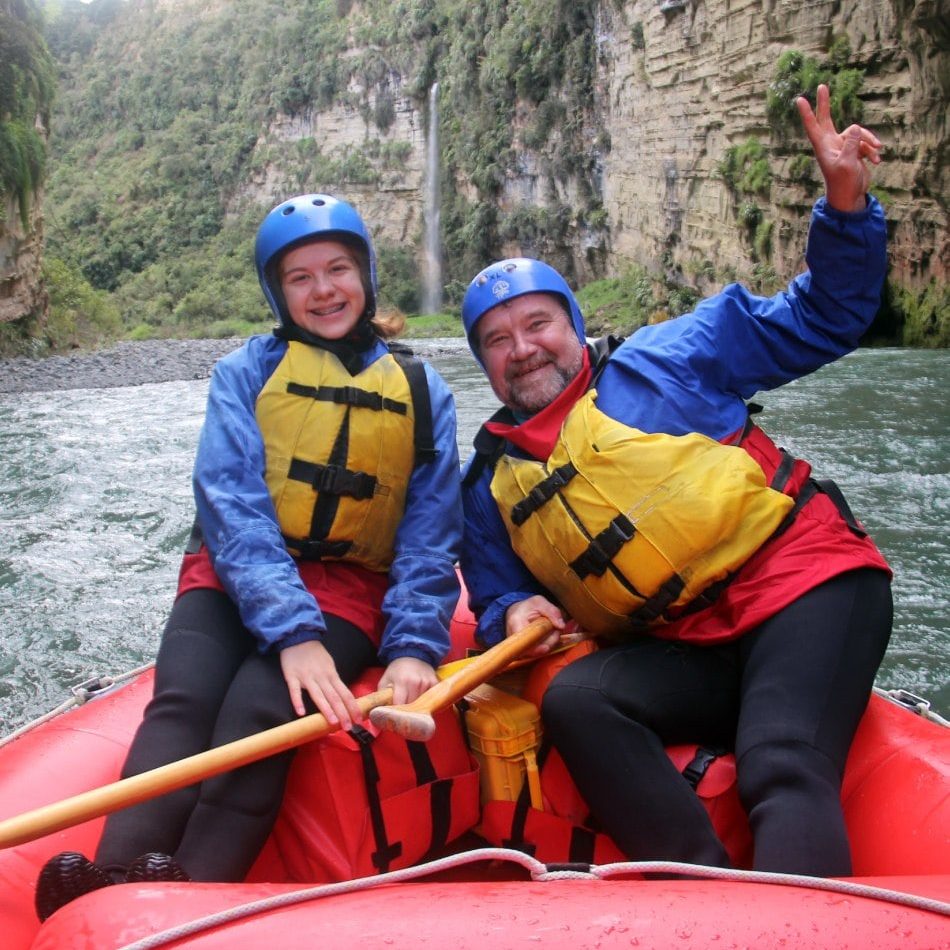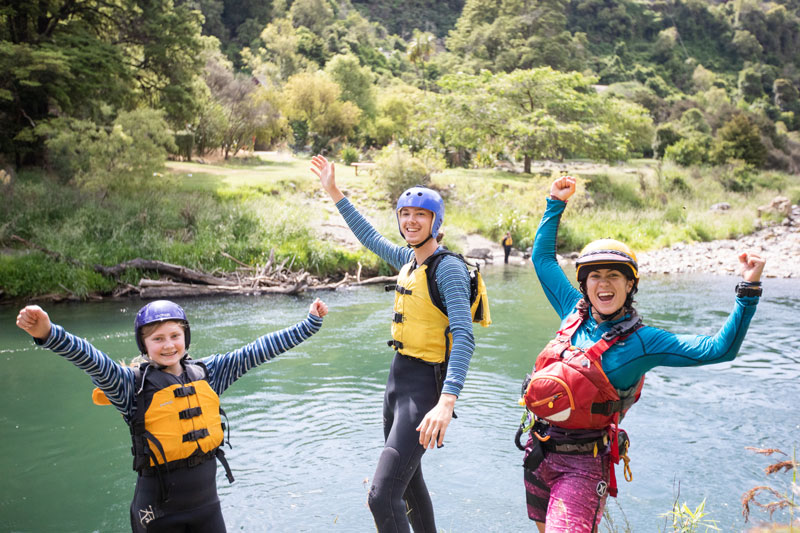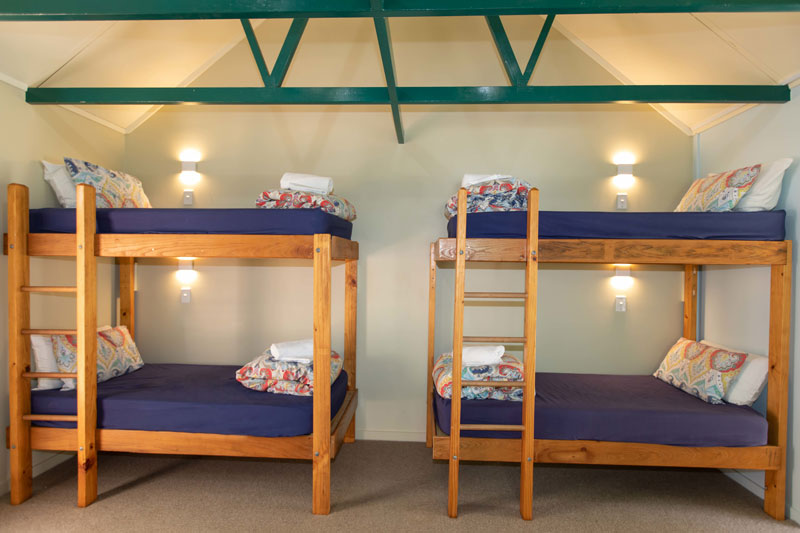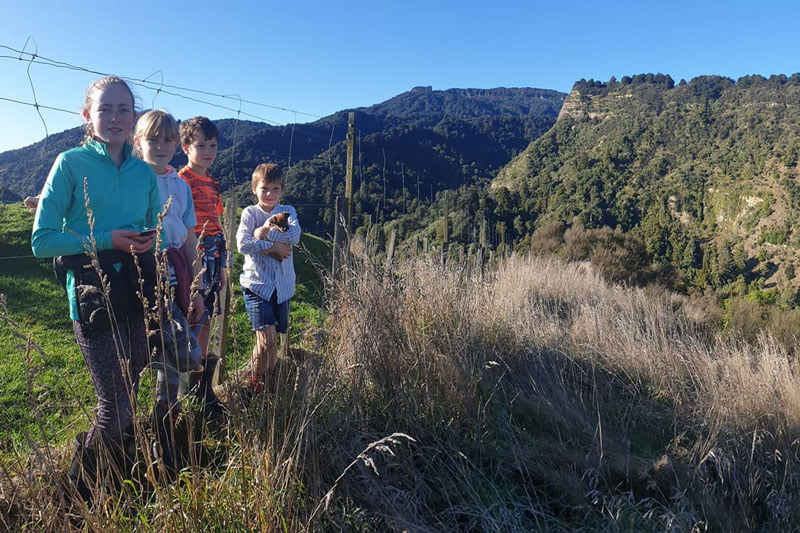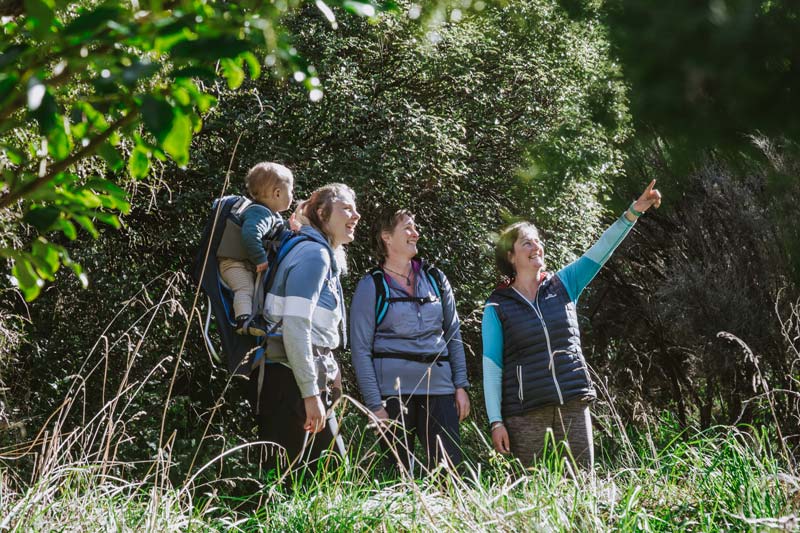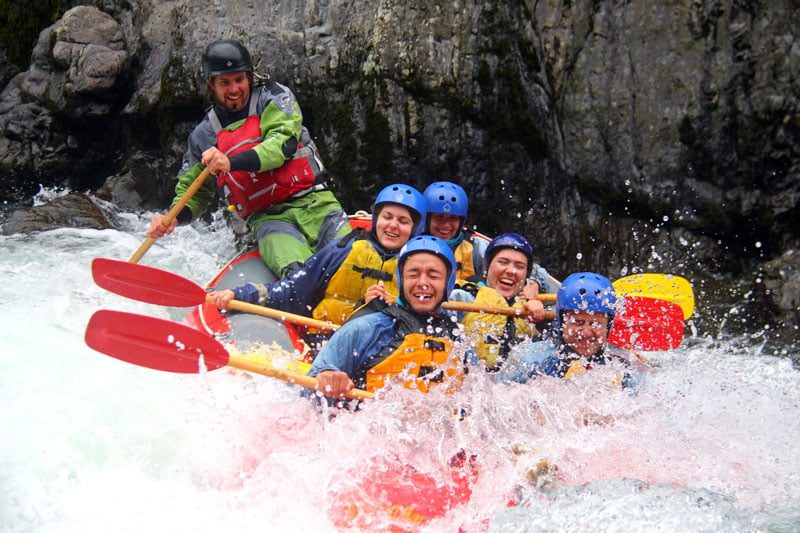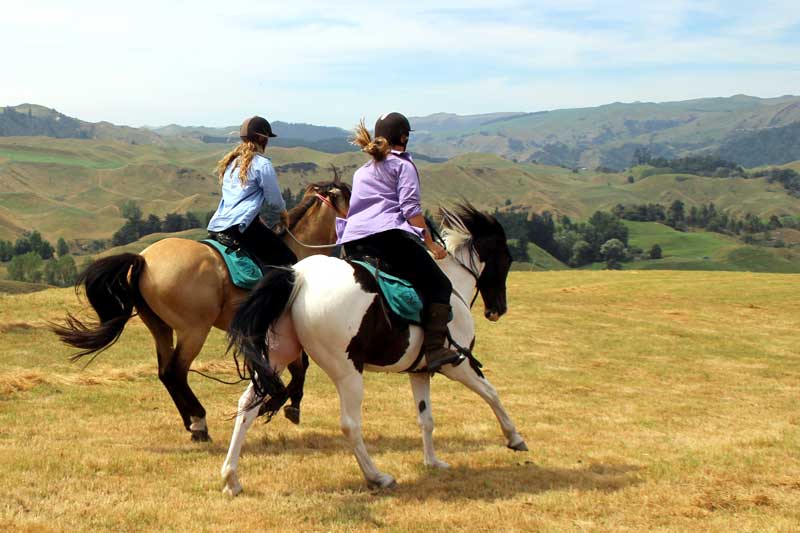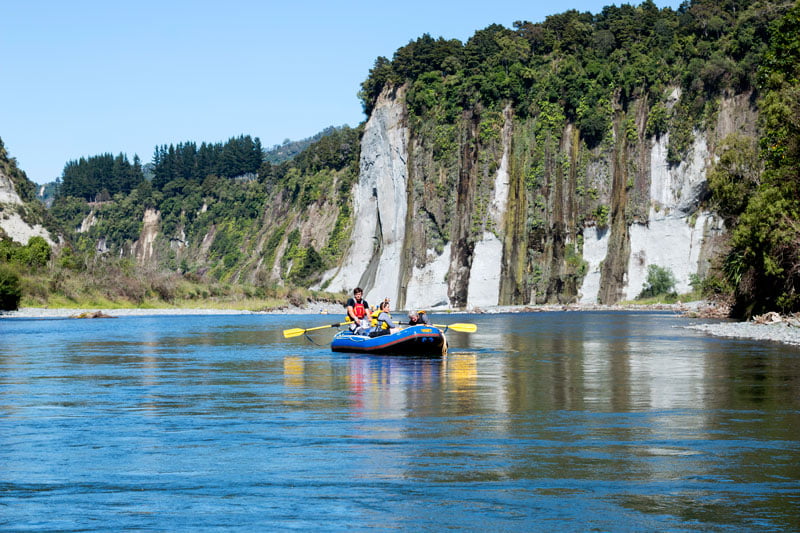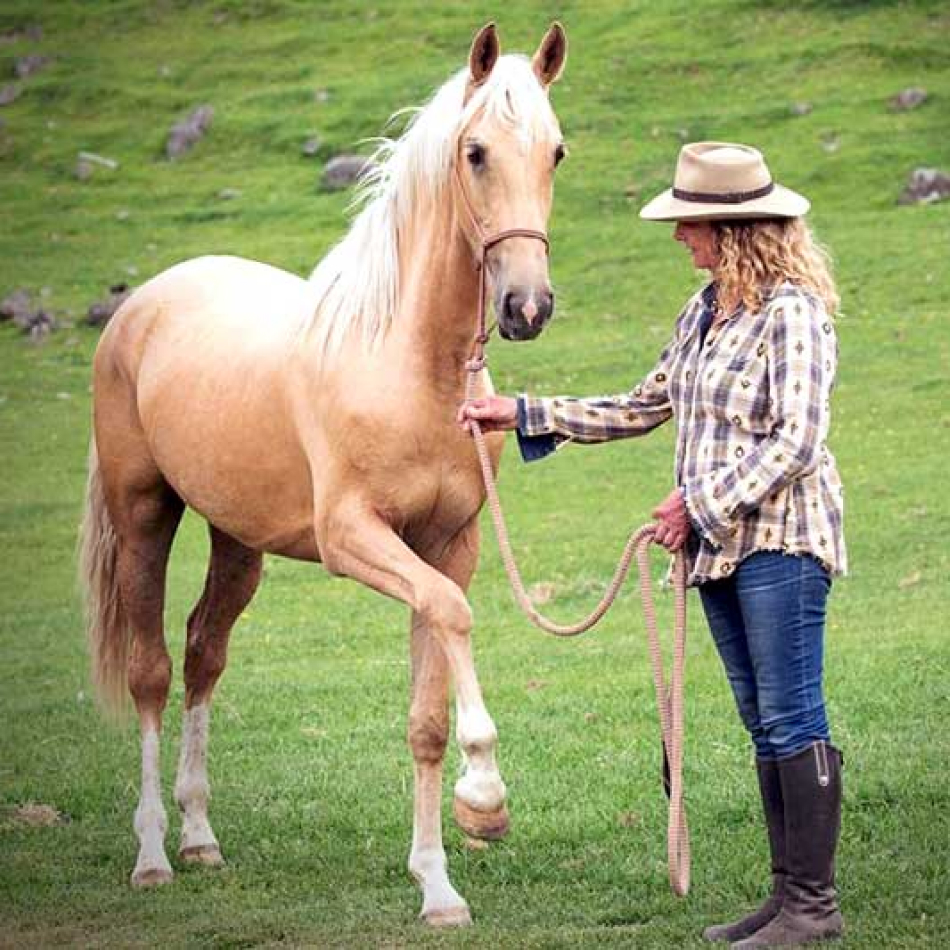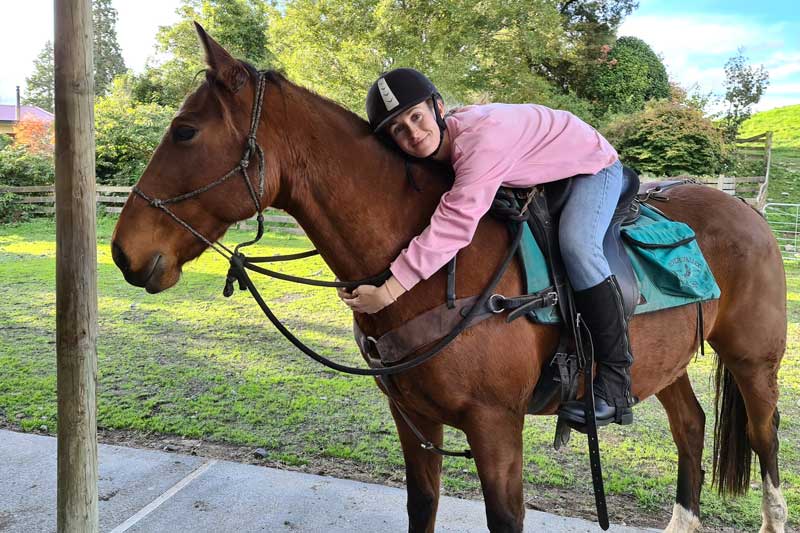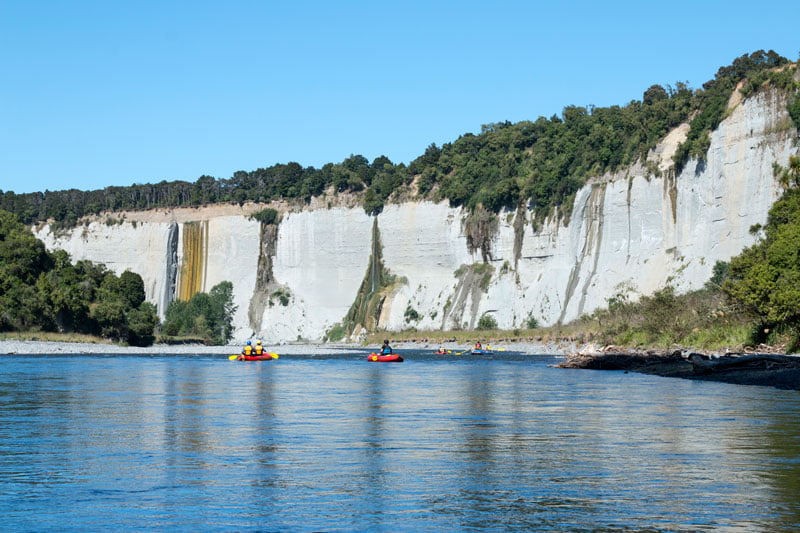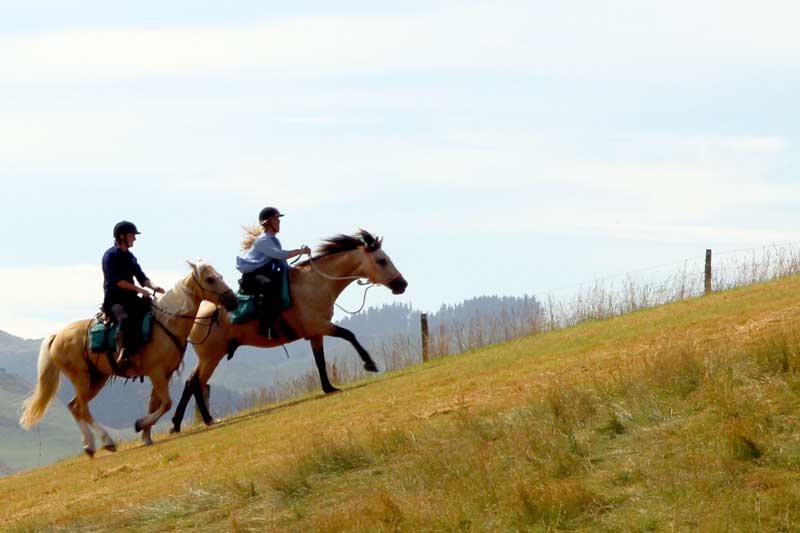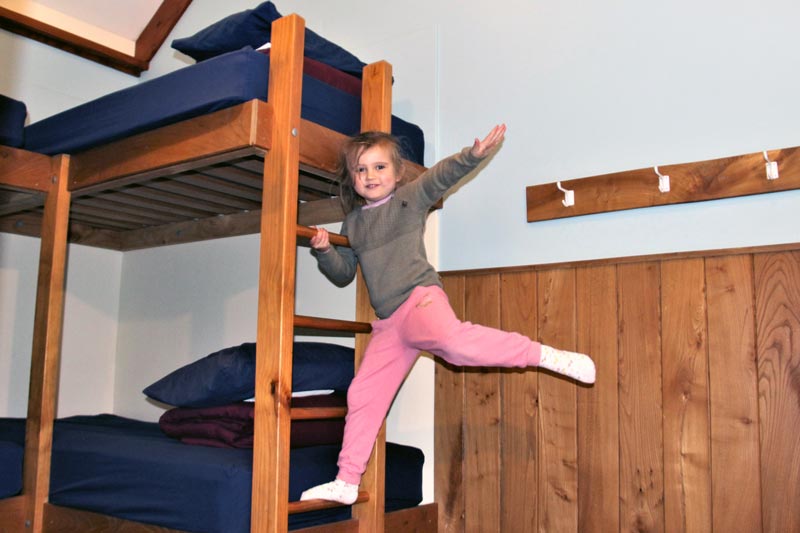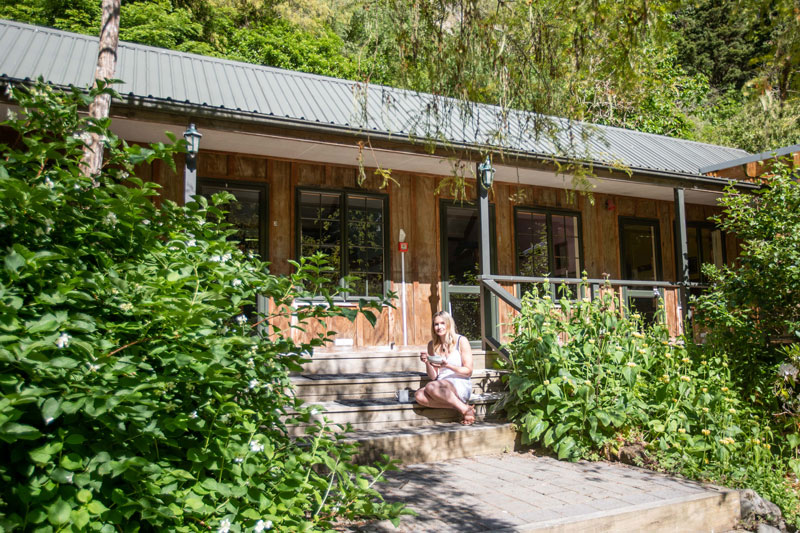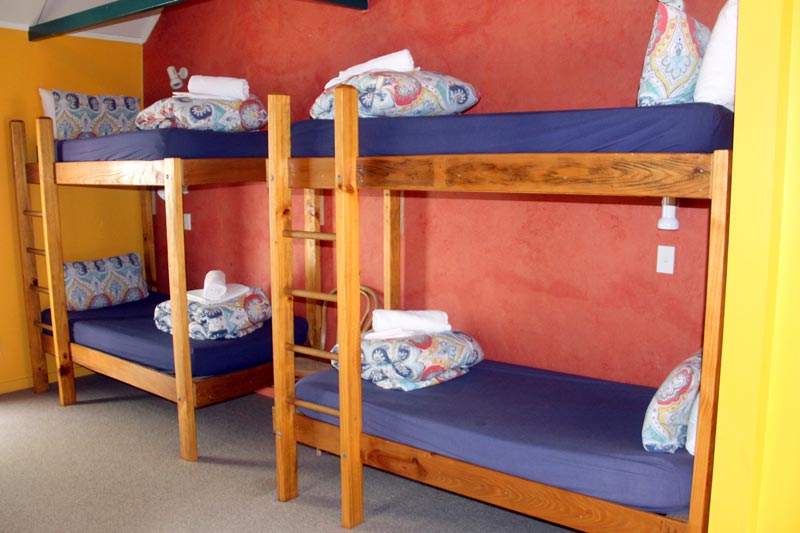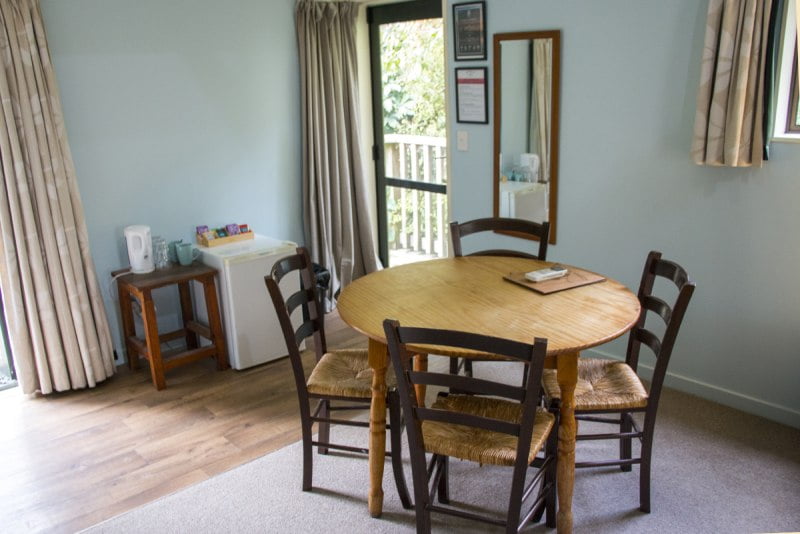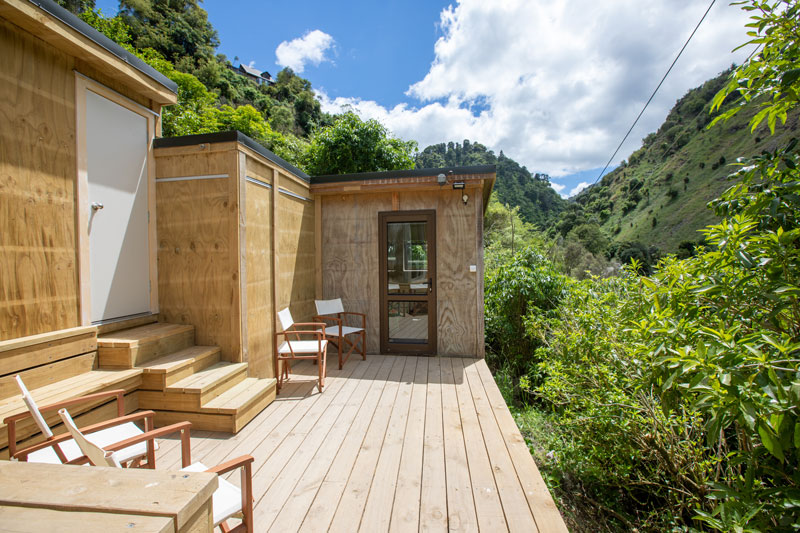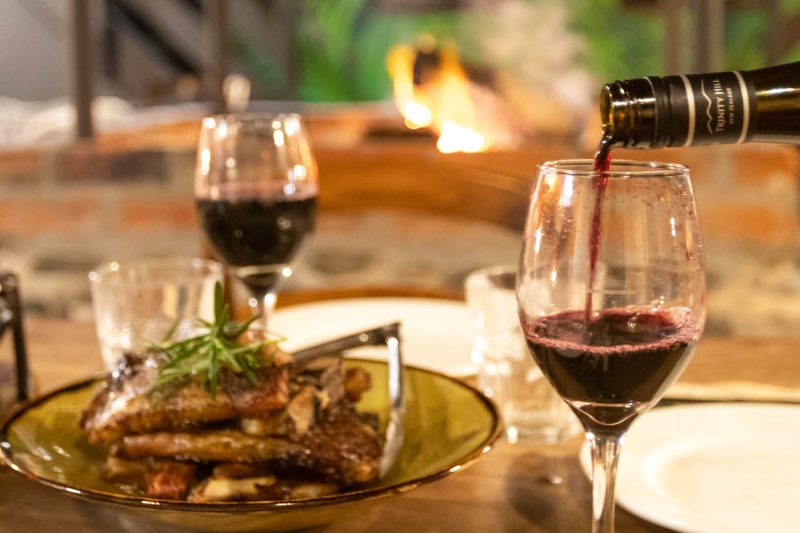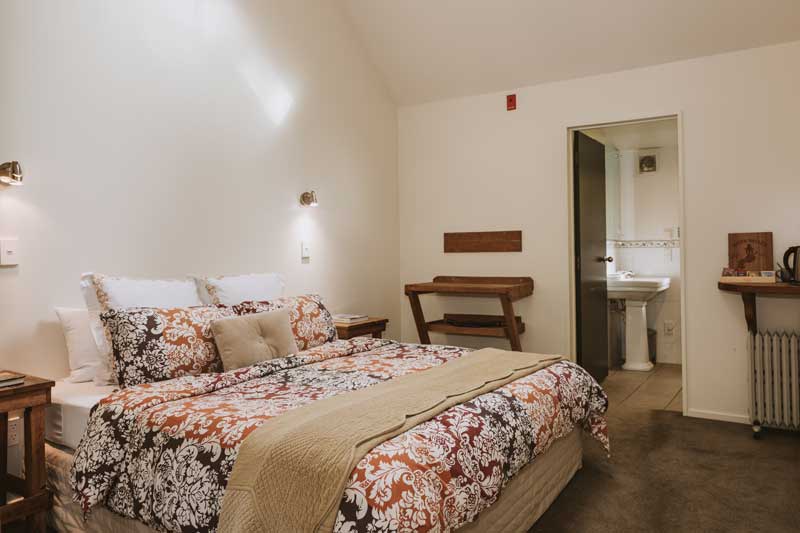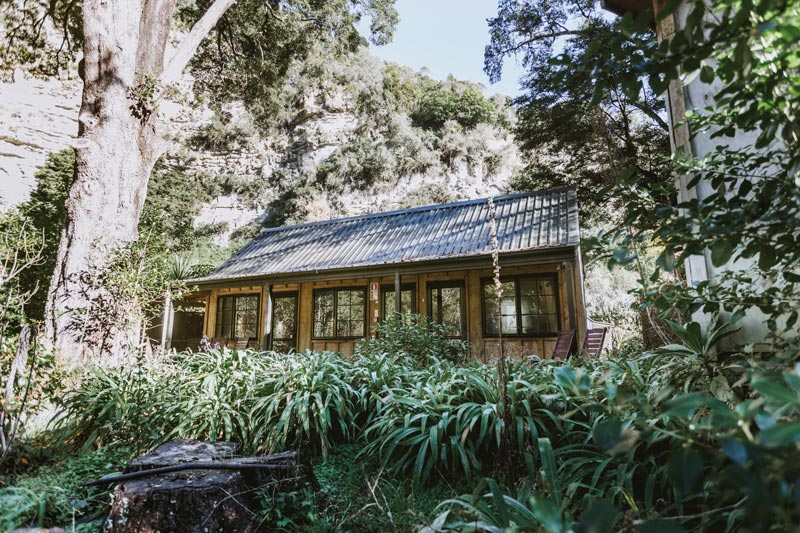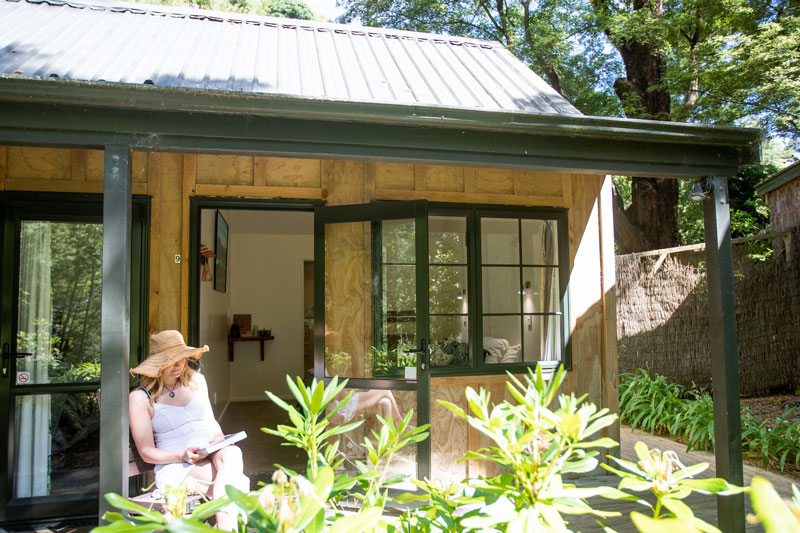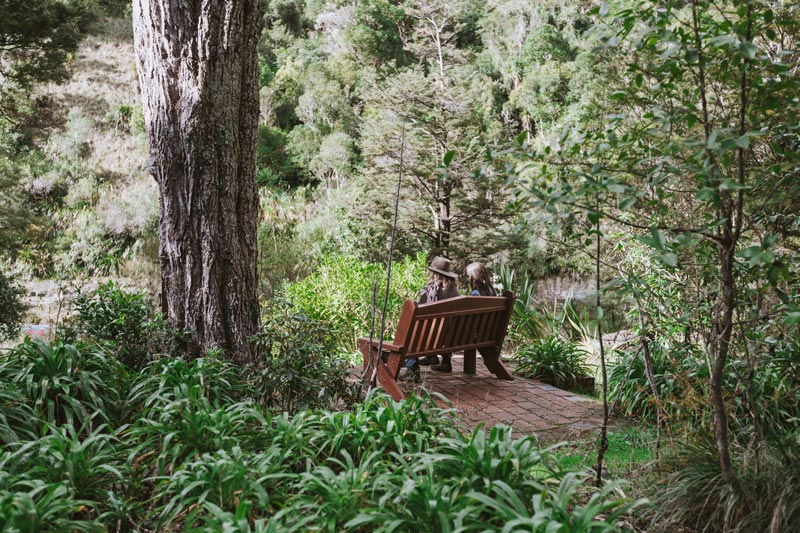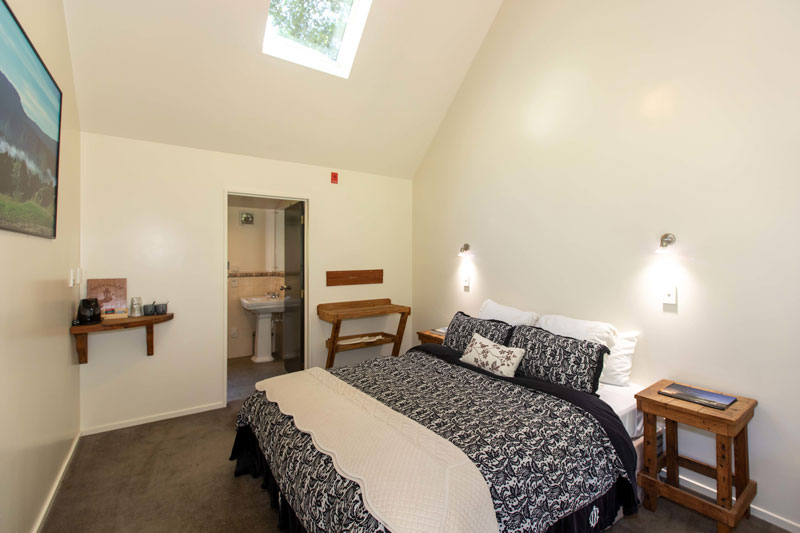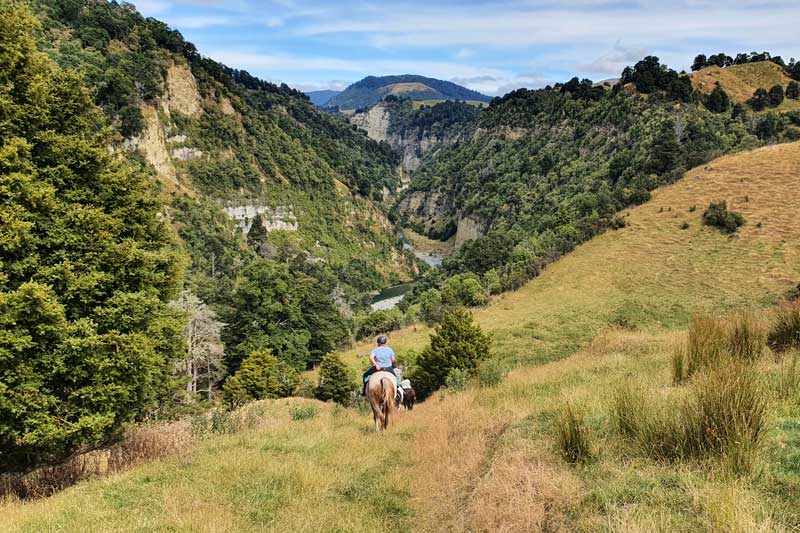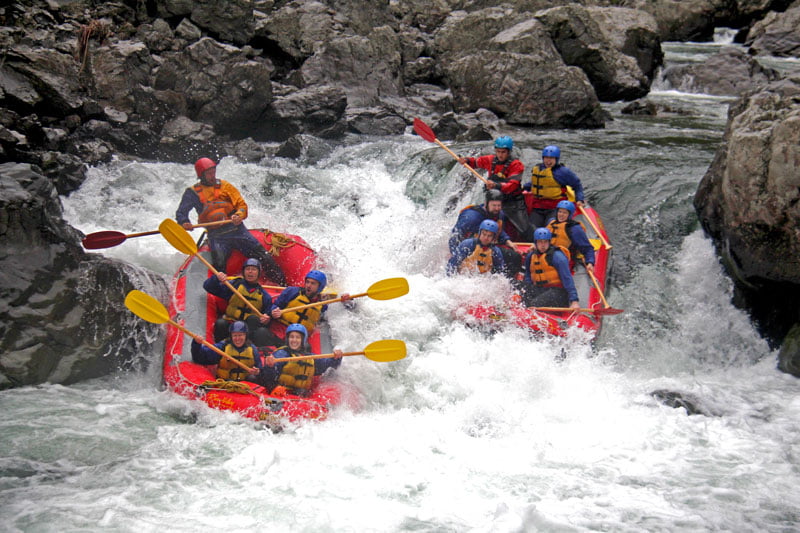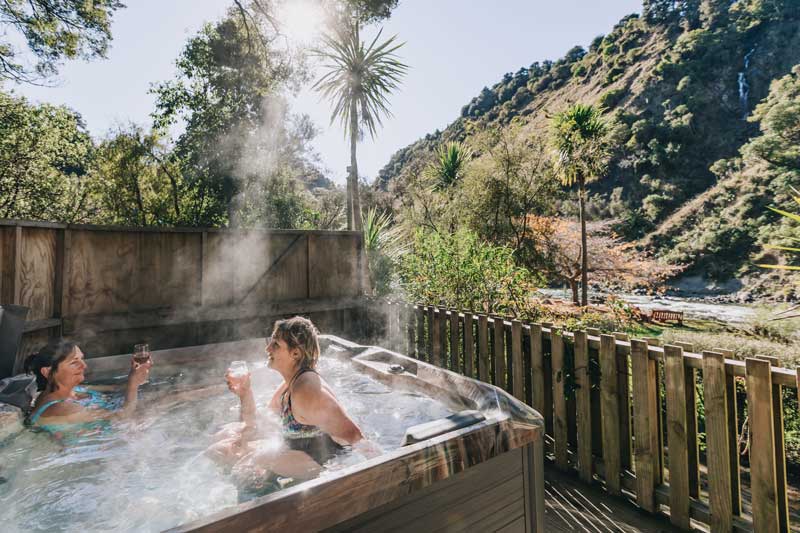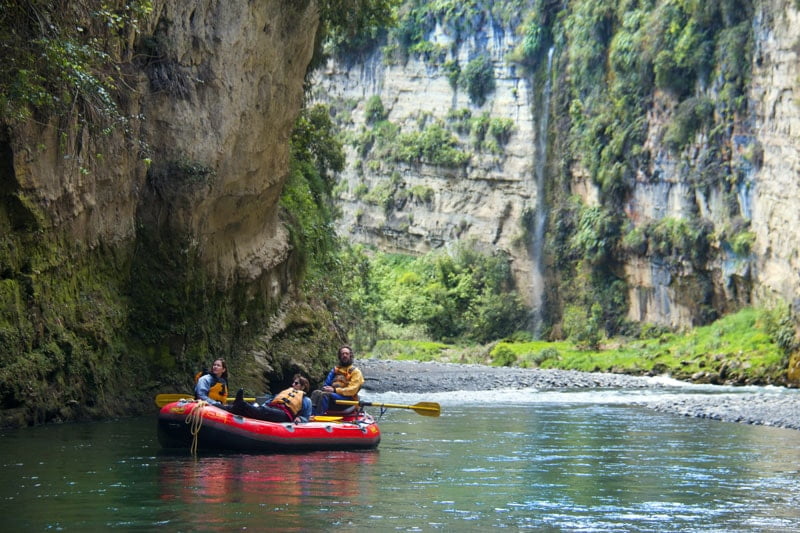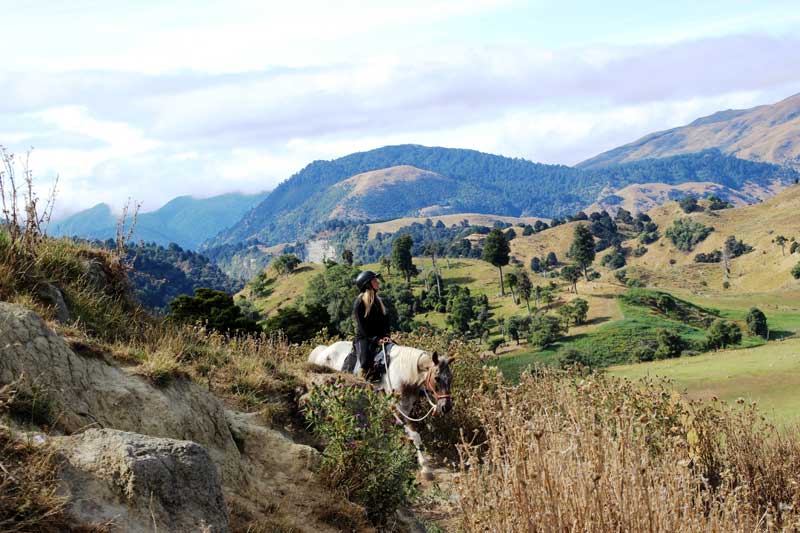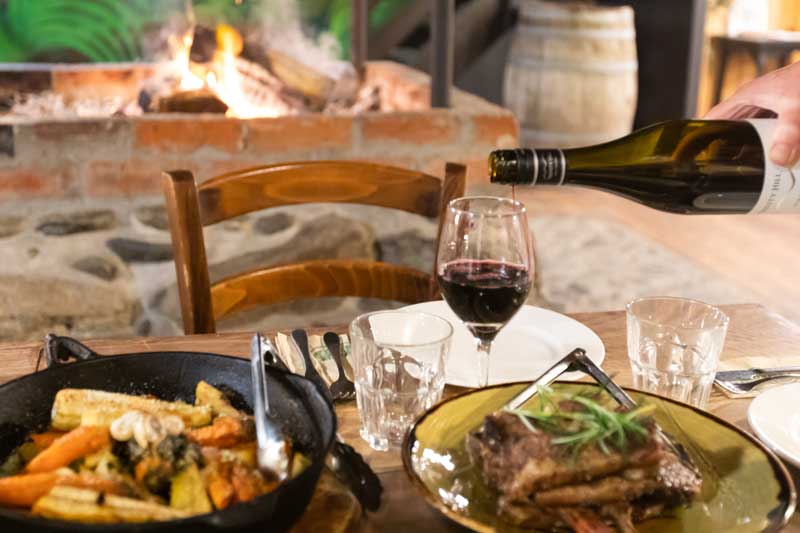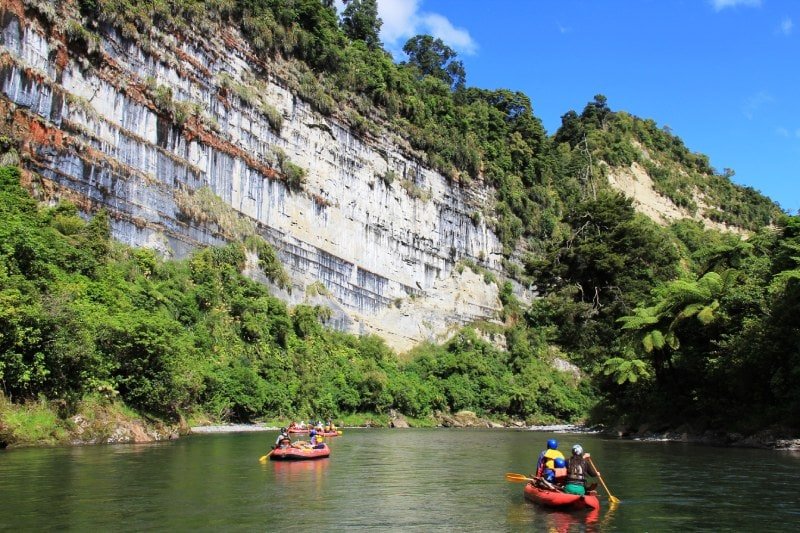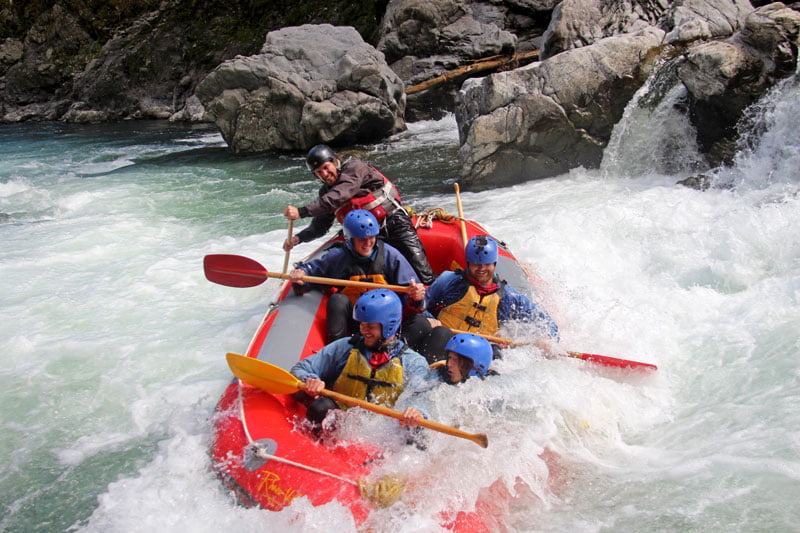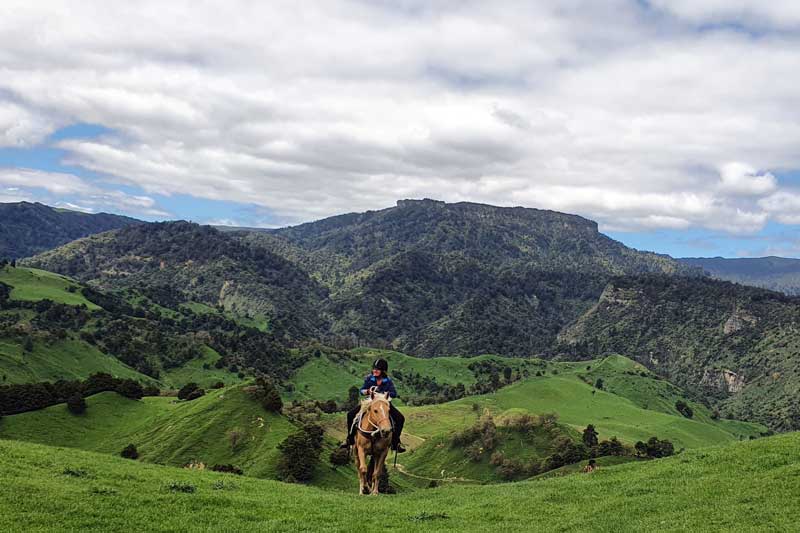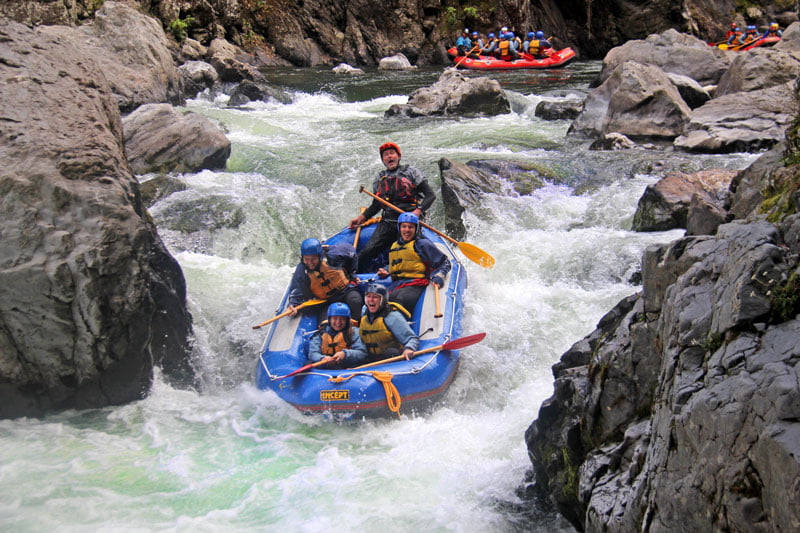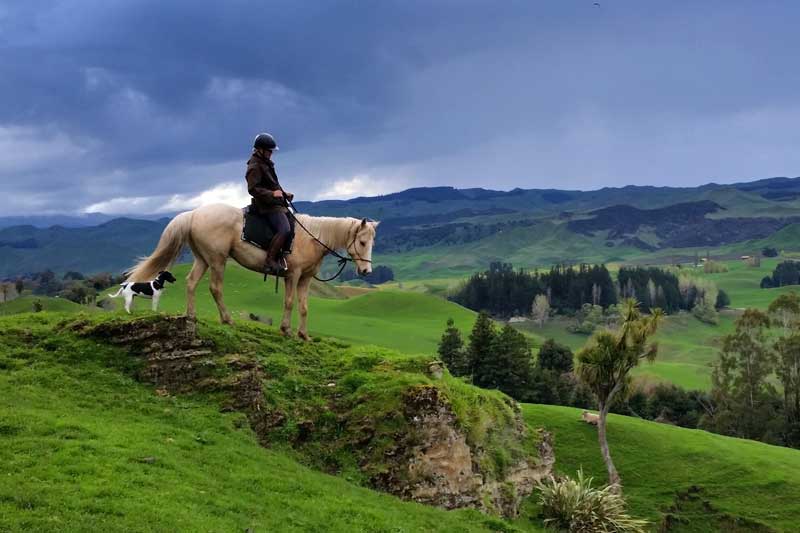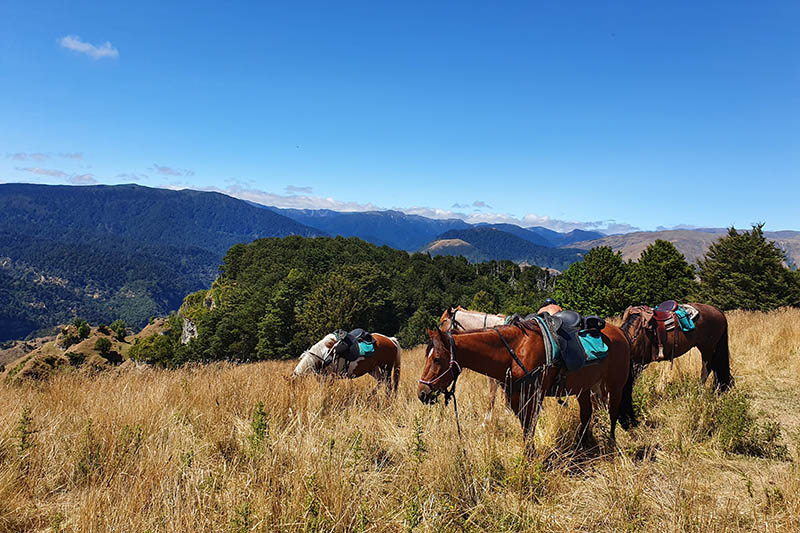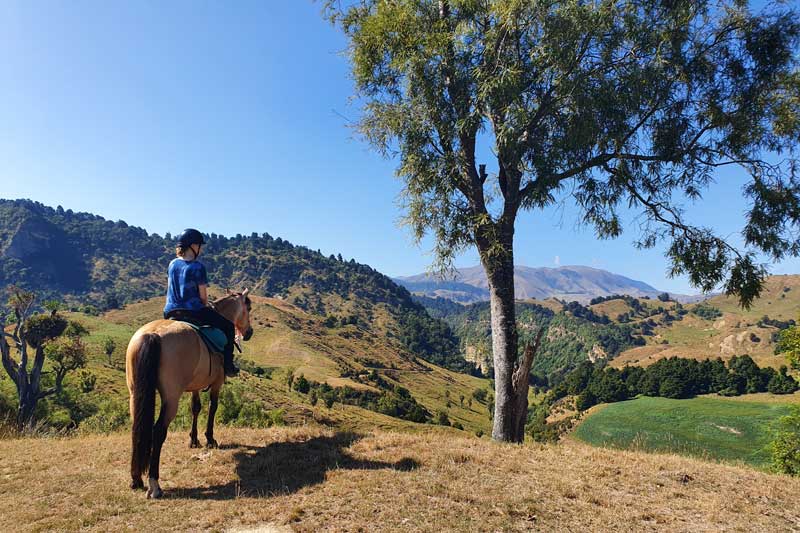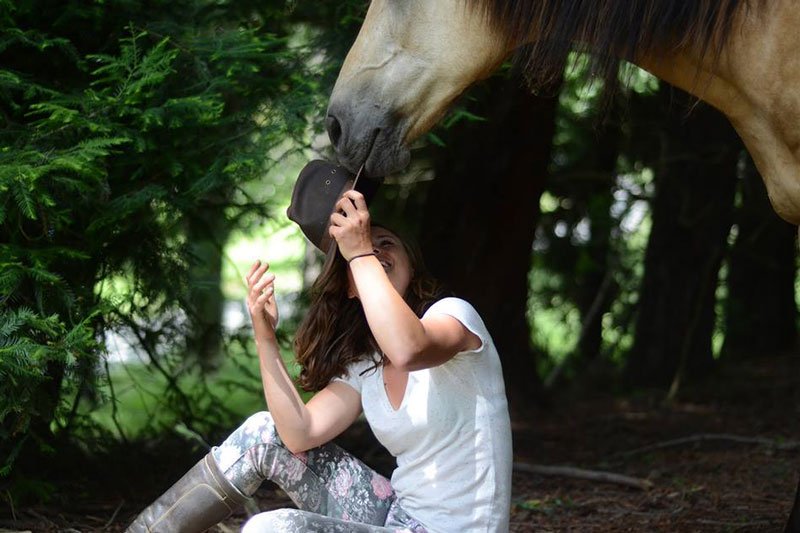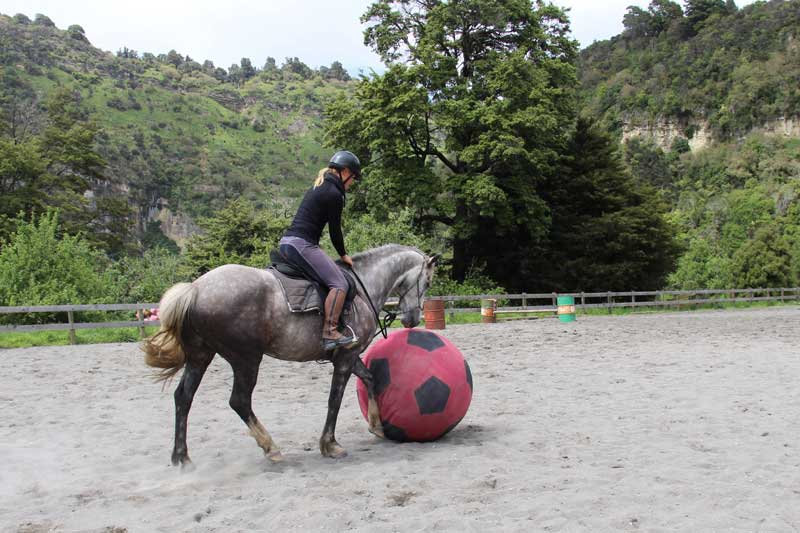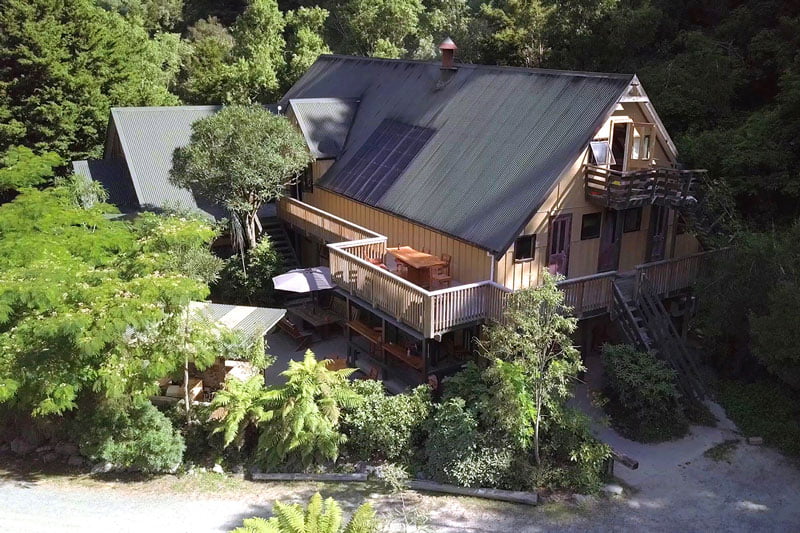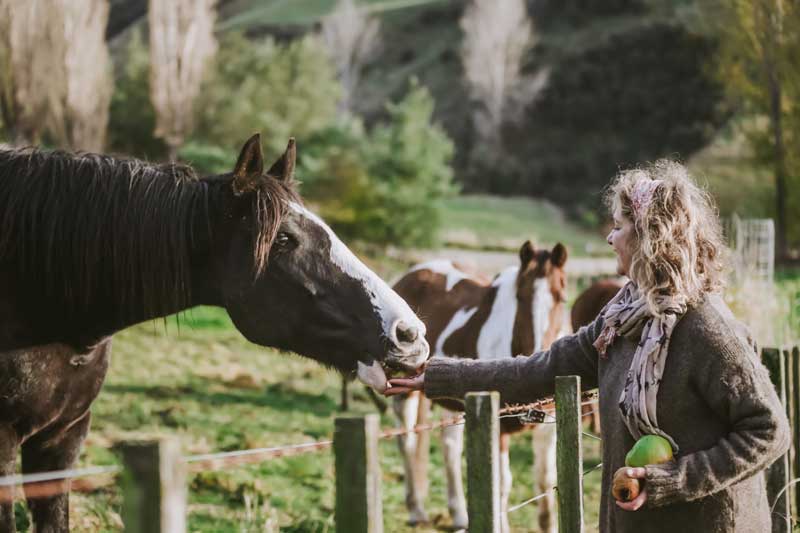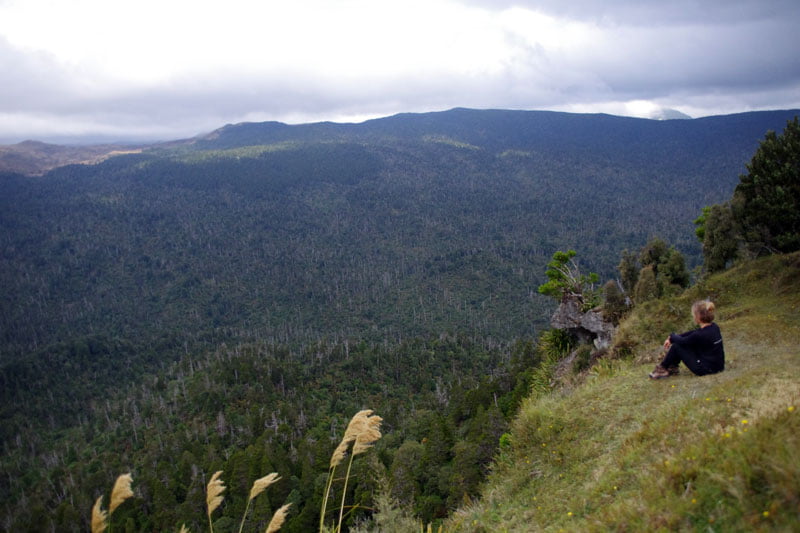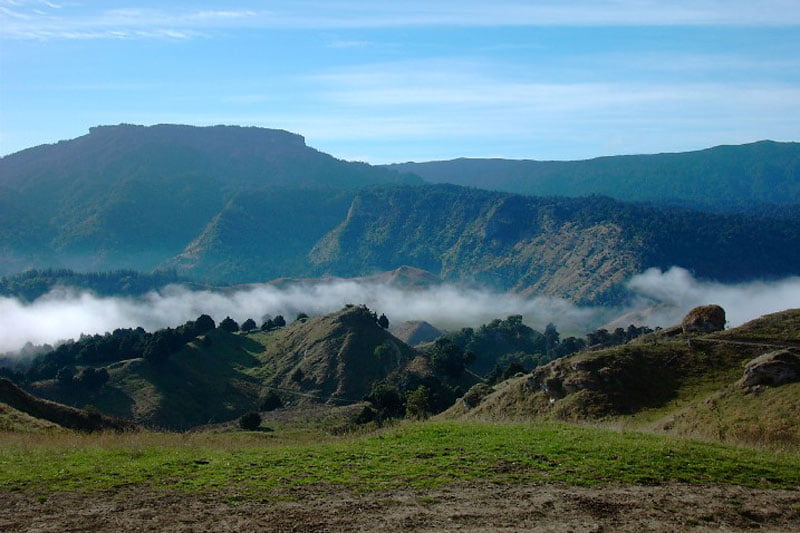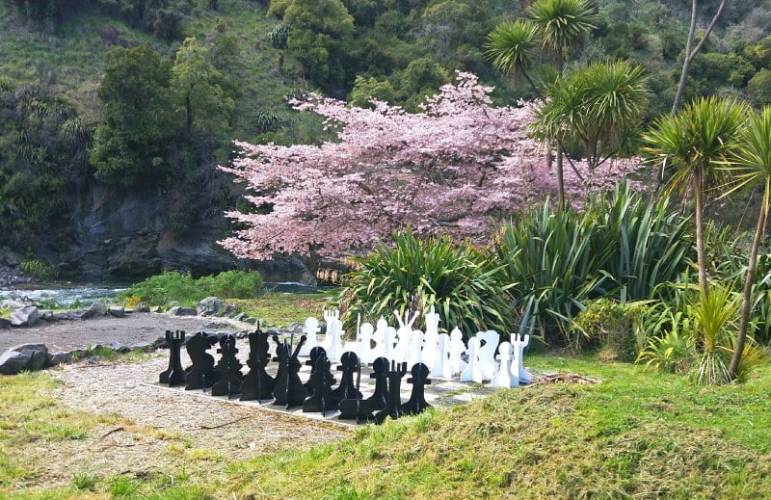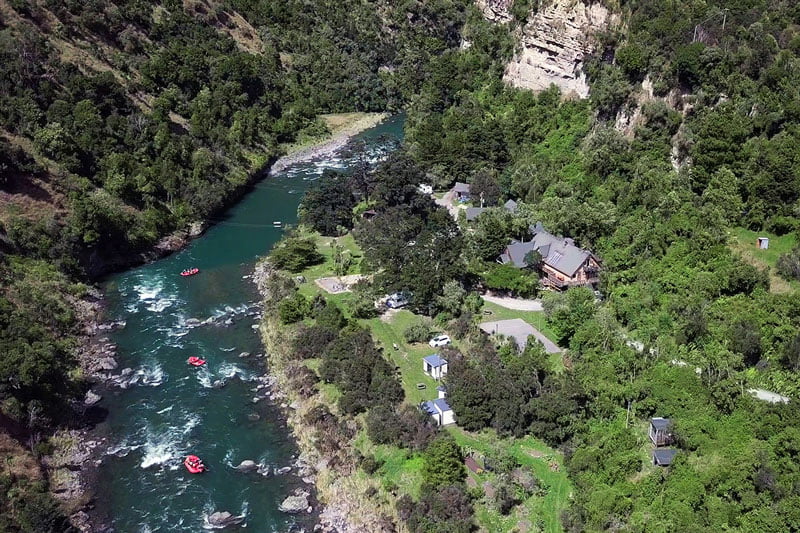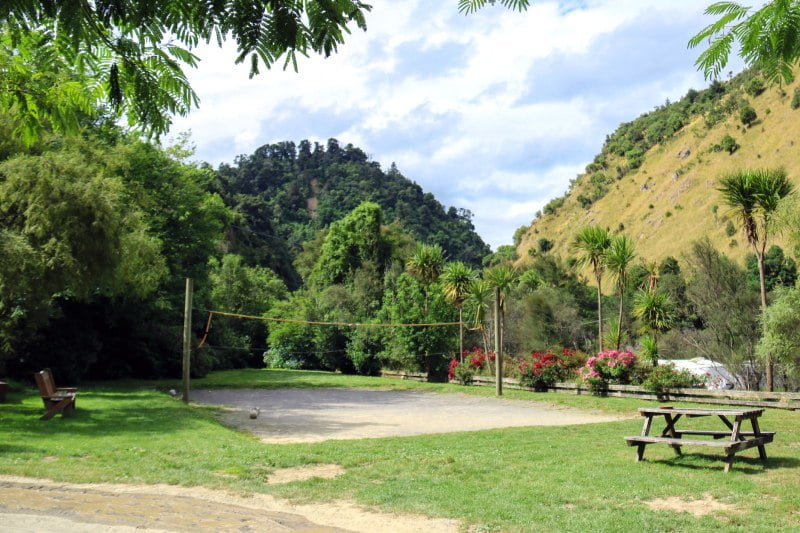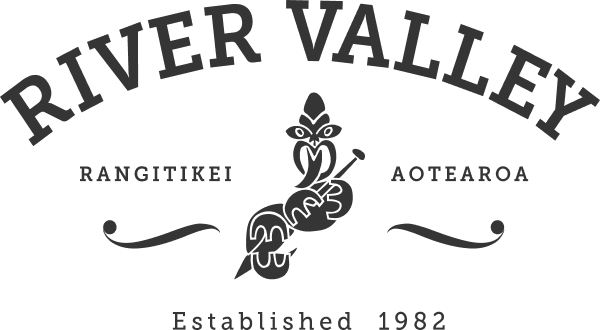A River Dance
Come to the end of autumn all our summer seasonal guides have left for other, normally warmer climes. This departure means the rafting guide crew is predominately family and local guides.
This time of year is also when I seem to do most of my raft guiding. Being winter, I am an enthusiast of the saying that there is no such thing as bad weather, only poor gear. Yes, that can mean that on occasion, like an exceptionally cold day, I will look a little like the Michelin man with the quantity of warm waterproof clothing I am wearing.
However, this post is not about the Michelin man; rather it is about a River Dance, and not that high stepping, arms at sides Irish version either.
Choreography
I have never been a great dancer, (at the end of the day, what is a great dancer?), but on occasion have allowed myself to feel the music on the dance floor. To call my enthusiasm, arms waving, body swaying and feet shuffling, a series of choreographed moves would certainly stretch the truth more than a little.
But what I see on the river on a daily basis is exactly like a choreographed dance. A dance of rafts that with some clever editing could be put to music.
This observation came to me the other day as I watched and participated in the series of moves that ensures we raft major rapids safely.
The Dance Starts
The dance starts with the rafts grouping at the top of the rapid. Each rapid, just like a series of different dances, has its moves. This series of moves will not only depend on the configuration of the rapid but also other factors such as river level and the experience and guiding skill of different guides.
The aim, of course, is for us to all meet at the bottom of the rapid, boats up the right way and everybody still in them.
Dance Steps
Because our guides have worked together for so long, everybody knows the dance steps. And so, we begin. At medium and higher flows, there will be a safety boat. This boat will enter the rapid first, heading for what we call cover spots. Places where the occupants of the safety boat can be of assistance to any swimmers or other mishaps. They will also cover any places in the rapid that we deem particularly hazardous.
As each successive raft enters the rapid, one of two things will happen. First, there may be the downstream shuffle, or secondly, there could be the leapfrog. Often a rapid will involve both moves.
The downstream shuffle is where, as the succeeding raft approaches the safety boat, the safety boat will peel out of its spot and head further downstream to the next safety spot. The succeeding raft will then occupy the spot vacated by the safety raft and cover the raft behind it. The following rafts will repeat this pattern. This shuffle will occur multiple times until the last raft has made it through the rapid.
The leapfrog manoeuvre is where a raft rather than taking the spot of the raft ahead of it, will leapfrog it and instead attempt to park at the following cover spot downstream. What will often happen in reality is the safety boat will do the downstream shuffle, while the passenger rafts will do the leapfrog.
To see this series of moves carried out smoothly, and almost intuitively, can be akin to watching a dance, a River Dance.
Something to Look For
Next time you are on a rafting trip, see if you can pick up the pattern of raft movements. Choreographed with all the steps in the right order. When you understand what is going on, what steps are taking place, what you see can be viewed as a dance on the river.
Brian Megaw
